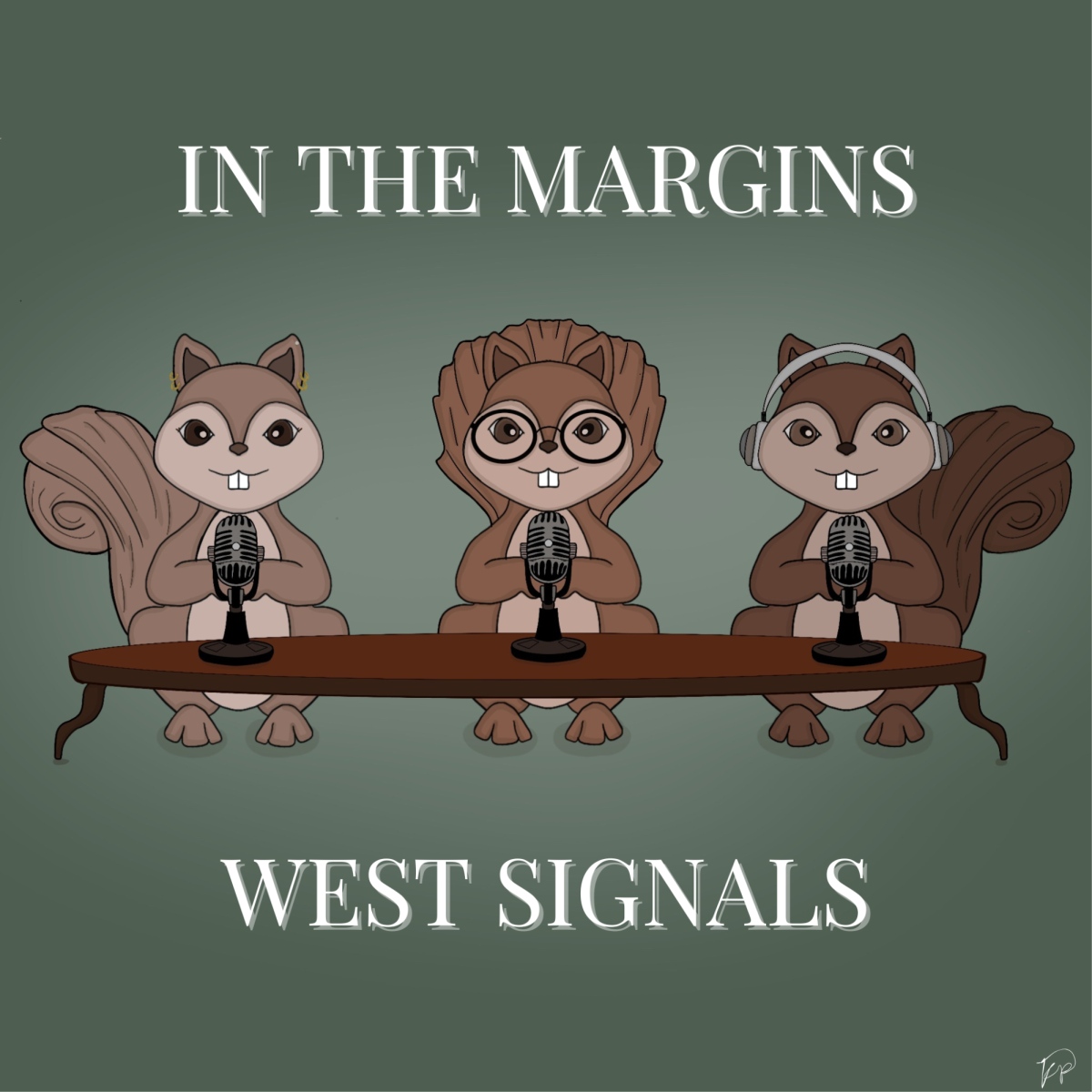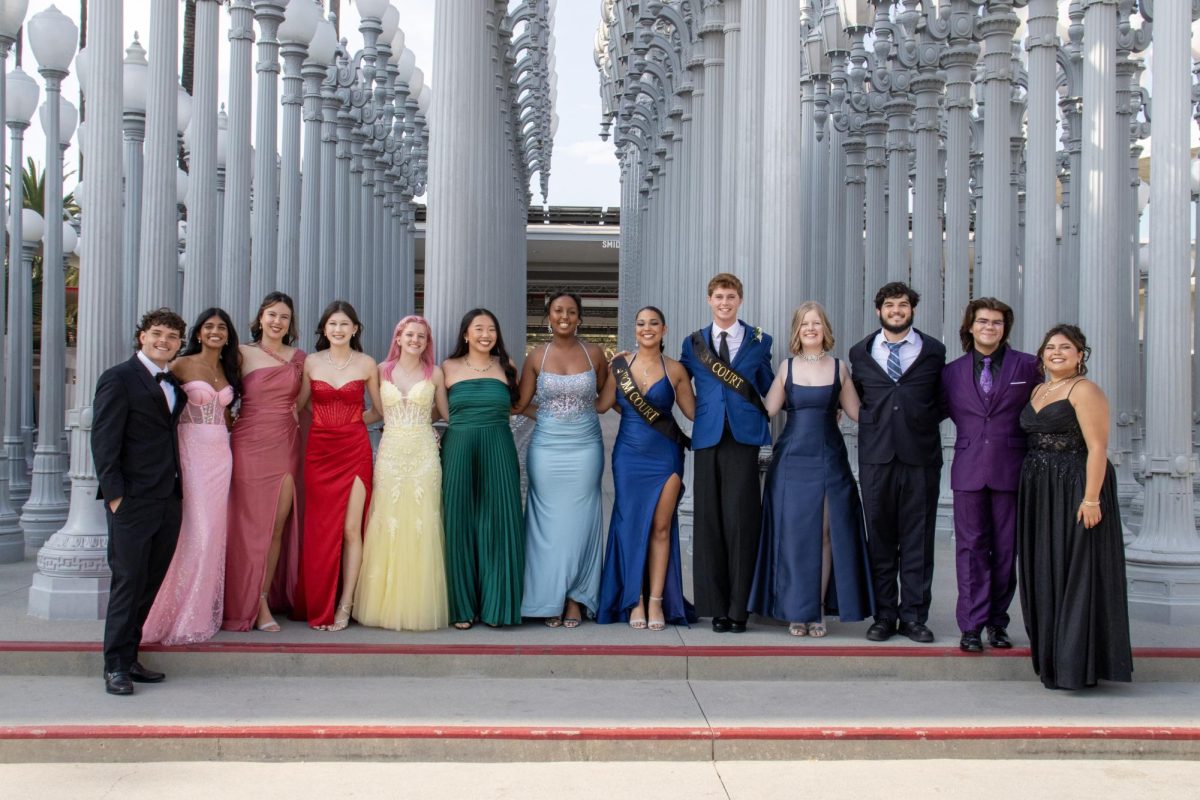Nova Scotia Shooting: Canada’s Worst Shooting in History
May 16, 2020
On a Saturday night, April 18th, in a small town in Nova Scotia, a gunman opened fire. Twelve hours later, 22 victims were shot dead in the most lethal shooting to ever occur in Canada.
The first 911 calls came from Portapique. The Royal Canadian Mounted Police (RCMP) found the bodies of thirteen victims. Structures in the area were burning and amid the fire, smoke, and chaos, the police ordered a lockdown, setting boundaries and spurring the start of a twelve-hour long manhunt across the province of Nova Scotia.
But contrary to the initial belief that the gunman was confined to a single area, he was not: nine more victims died in the next several hours of the rampage. The search spanned miles, with victims found in four communities and sixteen distinct locations.
The manhunt came to an end about twelve hours after it began. The gunman was shot dead at a gas station outside of Enfield, a town more than 50 miles away from Portapique, where the hunt had begun.
The gunman, 51-year-old dental technician Gabriel Wortman, began targeting people he knew before shooting randomly. He was dressed as a police officer and drove in what was made to look like a police car.
However, the police were able to find him with the help of Wortman’s girlfriend, who provided crucial information about his clothing, vehicle, and ammunition. The shooting itself was initiated after a domestic dispute between Wortman and his girlfriend. The argument turned into assault, and she escaped, hiding in the woods for hours amid gunshots. After four hours, she emerged with serious injuries and contacted the police.
The police also contacted several people who were potentially at risk of being targeted. However, a formal alert was only issued hours after the initial shooting, leading family and friends of the victims to be angered by the RCMP’s slow response. The police also admitted that the alert was not released to the public soon enough.
“We hear the families of the victims full force,” Nova Scotia RCMP Superintendent Darren Cambell said. “They have every right to ask these questions and they have every right to be angry.”
Community members have organized an online memorial, unable to meet physically due to coronavirus restrictions. In the midst of darkness, the country grieves for a terrible tragedy.
“I was shocked when I first heard the news,” West High Chieftain writer Isabella Santana (10) commented. “I felt horrible for the families who lost loved ones and my heart broke for all the lost lives.”
Furthermore, though the RCMP has released statements, the investigation remains ongoing. Included in the investigation is the failure to raise a swift alert.
In the meanwhile, questions have begun to surface about what the shooting means for Canada, gun laws, and legislation. Before the weekend of April 18th, Canada’s worst mass shooting occurred in 1989, after fourteen women were shot dead by Marc Lepine. Now, the country reels from loss and fear, wondering how to pick up the pieces again. How could have things been different? Could the shooting have been avoided?
Nick Beaton’s wife, Kristen, was shot dead by the gunman. “I would not have let my wife leave…if I had that broadcast come across, that he was on the loose and he was driving an RCMP vehicle,” he said, reference to the police’s failure to raise a quick alarm.
The questions continue to mount. Some hope that the tragedy will spur efforts for better prevention and response.
Speech and debate member Shrutika Ezhil (10) added, “I’m just glad that Trudeau is looking into stricter gun laws after this awakening event.”
But in the aftermath of Canada’s worst shooting in history, there is no happy ending. The gunman has been killed, the manhunt ended, but what remains is gaping, hurting loss in the vacuum left by victims who have lost their lives forever.




